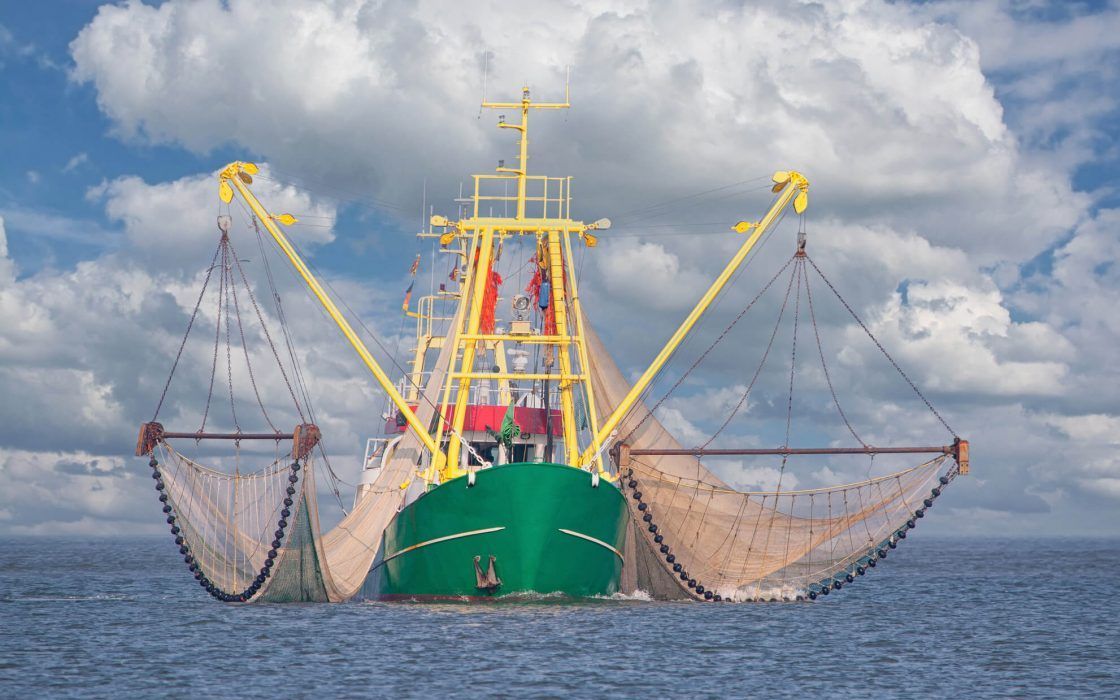French Seafood Processor Saves Up to 36% in Energy With CO2 Cooling/Heating
October 20, 2021

French seafood processor Pescanova has installed two identical CO2 racks at a plant in France, saving 20-26% in energy usage compared with the old f-gas system and an additional 10% from heat recovery.
That was the message from Hassan Abbou, Technical Sales Manager for German OEM TEKO in France, who spoke during the ATMOsphere Europe conference, which took place online September 28-29. ATMOsphere Europe was organized by ATMOsphere (formerly shecco), the publisher of R744.com.
TEKO carried out the project in collaboration with French contractor MCI.
One of the main objectives for Pescanova was to obtain the French certificate of energy savings. It’s a very “typical French administration” thing, Abbou explained, but something that is “really important for the industrial refrigeration segment.” The certificate calculates the potential energy savings of a system. The amount of MW saved equals the amount of money you can potentially get back from the French government.
The cost of the installation was around €1.1 million (US$1.28 million) but “because of the structure and the way we did the engineering, the end user paid in total €0, so completely under subsidies,” Abbou said.
The installation project took 10 months: from April 2020 to January 2021. The main challenge was to remove all the old equipment and plant room to make way for the new system without interrupting the normal operations of the factory.
Pescanova sells packaged seafood, mostly shrimp, the focus of this application. Its fleet of more than 100 trawlers fish in the waters around Argentina, Peru and Uruguay in South America and around Mozambique, Reunion and Namibia in southern Africa. The company has 18 factories in 11 different countries, including two in France and six in Spain.
How Pescanova processes seafood
The Pescanova factory in France has a production area of 4,500 m2 (48,438 ft2) and two processing lines that need cooling. One is a “deeping” line, where the shrimp are dipped directly in a saltwater tank. The other is a “trickling” line, which is more automated and has a conveyor belt moving the product along.
The shrimp caught by Pescanova’s trawlers are cooled on the boats, and delivered to the factory at -25 to -30°C (-13 to -22°F). When arriving at the factory, the frozen shrimp are stored in a -25°C cold room while the company awaits orders from customers, which are often restaurants and hotels.
When the orders arrive, the shrimp are defrosted with 35°C (95°F) hot water, which is produced by the waste heat recovered from the refrigeration system. The shrimp are subsequently heated and cooked. After cooking, the shrimp are first slowly “pre-cooled” with salt water until they reach 6°C (43°F). In the second cooling stage, the shrimp are cooled to 0°C (32°F).
The new installation is located outside in two 40 ft (12.2m) containers next to each other.
The old installation was a two-stage system using an R134a/glycol chiller for the first stage and a pumped R404A system for the low-temperature stage. These two systems were replaced with two identical booster CO2 racks, each with both medium-temperature and low-temperature capacity and a total refrigerant charge of 500 kg (1,102 lbs).
Each rack has a medium-temperature capacity of 250 kW (71.1 TR) at -11°C (12.2°F) and 125 kW (35.5 TR) LT capacity at -38°C (-36.4°F), and each rack is equipped with two gas coolers. The system also has two evaporator stations with plate heat exchangers, and total heat recovery.
The system is equipped with a 12,000 L (3,170 gal) hot water buffer tank designed with stratification, meaning that it has layers of water with different temperatures inside the same tank. The customer needs 25-35°C (77-95°F) water for defrosting, 35-45°C (95-113°F) water for processing and 75°C (167°F) water for cleaning and sanitary purposes.
The system also includes a smaller 2,500 L (660 gal) buffer tank with water for the cooling process. “This buffer tank is able to supply the right temperature when the customer needs it,” Abbou said.
“Because of the structure and the way we did the engineering, the end user paid in total €0, so completely under subsidies.”


